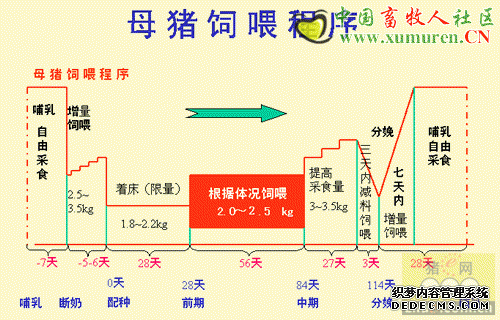Benefits and Educational Impacts
The CALS Feed Mill Educational Unit and overall Initiative will yield several benefits. It will provide animal researchers, teachers, and extension specialists with a state-of-the-art facility within which to manufacture modern feeds for animals, thus immediately positioning the College of Agriculture and Life Sciences as a leader in animal feed milling and nutrition research and education. This will help attract the best undergraduate and graduate students, faculty, and industry collaborators to CALS educational programs. The facility will provide the backbone of an educational program designed to produce college graduates who are competent in feed mill management. Moreover, this facility will allow CALS to utilize fully and efficiently its current animal research space and facilities and will help maintain the diverse agricultural industry that has tremendous economic impact in all areas of our state.
During harvest of the more than 60 agricultural commodities grown in North Carolina, significant byproducts can be produced that have presently undeveloped economic use in animal feeds. The facility also will encourage the current industry trend toward precision nutrition that meets the nutritional requirements of animals while minimizing environmental impact.
It will be operated in a manner that will allow educational programs for industry clientele to be held within the milling facility. This will provide the basis for continuing education programs as well as certificate and degree programs for industry clientele. NC State University and CALS educational programs will derive a special advantgage because all of the normal monogastric feeds manufactured in North Carolina will be made in the facility on a weekly basis. A cover story in a recent issue of Feed Management magazine shows that there is a recognized need for this educational program.
Feed Mill Educational Unit Facility Design and Features
The facility will include all of the normal components of a commercial feed mill plus special facilities for special projects that require identity preservation of ingredients and/or feed.
Quality assurance and quality control testing of ingredients and feeds produced will be an integral part of the overall mill arrangement. Quality control procedures (i.e., ingredient and finished feed sampling, sample storage, sample testing) and regulatory compliance programs will need to be utilized in the day-to-day feed production processes and demonstrated in the teaching programs.
The milling processes involved will be subject to either semi-automation or manual operation, so that the teaching and/or research programs can utilize or demonstrate the unique aspects of each part of the system or of the system as a whole.
Ruminants can utilize a number of coproduct feedstuffs developed from animal and other agricultural byproducts. The basic feed mill, however, will not be designed to handle very bulky types of feed, such as fodder, hay, silages, etc., but will be able to produce premixes and concentrates designed to be mixed with bulky or wet feeds in adjacent CALS facilities.
The design will allow groups of students or clientele to participate in each educational exercise.
The mill design will incorporate both a small-batch pilot facility and a main production facility with two pellet lines to accommodate the wide batch size range required.
The physical plant for the mill will provide enough flexibility and room to allow upgrading of the equipment and the testing of new and experimental equipment and processes.
Utility connections for the major equipment items will have usage monitoring incorporated into the design so that economic evaluations can be made for various processing techniques.
Safety and health will be a major consideration in design, operation, and instruction.
The facility will be capable of dispensing feeds into bags, bulk boxes, bulk bags, and bulk trucks.
A unique split-level design with an upper Ingredient Level and lower Process Pit will position access to most operations at or below a floor level to facilitate operations and instructional activities.
Present Status of Construction of the Feed Mill Educational Unit
Initial funding came from a 1997 Legislative appropriation as well as the 2001 bond referendum. Contractors were hired for construction of the buildings and site work. The basic structures were completed in mid 2003. Local millwrights will be hired to install university-purchased and/or industry-donated equipment when all of the required materials have been assembled. This overall strategy will require a longer period of construction than a turn-key job but will ensure that qualified contractors are responsible for the specialized as well as general requirements of this unique facility at the lowest possible cost.
声明
来源:互联网
本文地址:http://farm.00-net.com/yz/zhu/5/2007-09-20/142282.html








